Visiting Chichén-Itzá & Valladolid, Yucatan, Mexico

Whilst our trip to Mexico was fully intended to be one of relaxation – a very untypical trip for us of sitting by the pool rather than exploring (unlike our trip to Austria in January were we did so much walking around museums I had to limp onto the flight home with a busted ankle!) – we did not want to go all that way without absorbing a bit of history so we set a day aside to visit probably Mexico’s most famous historical site, the Maya ruins at Chichén-Itzá in Yucatan province, handily just a 2 hour drive away from where we were staying on the coast in Cancun.


Choosing Our Tour
Visiting Mexico, for Chichén-Itzá you’ve got two options: going it alone if you’ve hired a car for your trip (don’t worry if this is what you’re planning, lots of information I’ve included below still applies) or booking a tour. As we were staying in a resort (which I’ll also be reviewing over the next few weeks as I found lack of detailed reviews online a problem when choosing ours!) a tour was obviously the best option for us, and because we were looking for something low effort and relaxing, we booked the Cancun Adventures Chichén-Itzá Tour (the company had a desk in the hotel lobby – friends had warned us tours cost more in advance than books when you arrive in Mexico) which you can book online for $107 USD/ per person (this is a current special offer price from a usual $179), and which we paid $177 USD/ per person with pick up and drop off from our hotel – it is not clear how to sort this if you book online.
Being totally honest here, whilst I’ve done lots of tours in my time and seen some incredible things on them and had excellent experiences (my parents hate flying so I’ve been on a fair few cruises and excursions are usually the best way to get the most out of a single day in port) they’re not really our thing as a couple, but we decided for Mexico getting out of our resort they would be the best option.
Overall, I’d not not recommend Cancun Adventures, but I’d also say shop around if you can. The tour was much longer than billed and included some extras we did not know about – both good things, but is that always the case on all of their tours? – and after doing a bit of research when we returned sceptical, I think their history leans towards the sensational (this is a problem with guides around the world – I went to school in Canterbury Cathedral and I’ve caught snippets of some pretty wild ‘history’ walking past tour groups!) Also, there was so much of the site we just did not see, and I don’t think we were given enough free time afterwards to see it, we felt like we were rushing around trying to see it all and I think we must have missed a fair bit.
We had also been tempted by their Tulum and Coba ruins tours but decided to stick just to the Chichén-Itzá one once we’d been on it. I’m still unsure if this is because we felt Chichén-Itzá did not live up to expectations (I’m still undecided on this) or because we were simply having such a lovely relaxing time at our resort, and because the jungle was a bit hot heading away from the coast!
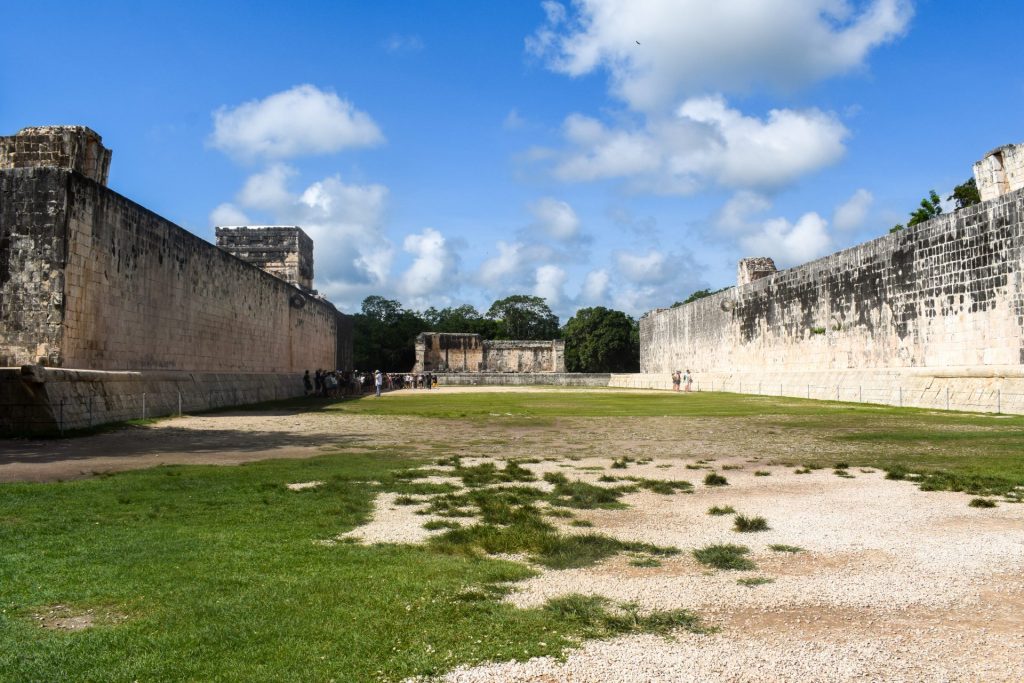
Chichén-Itzá
There are a couple of things you need to plan for visiting Chichén-Itzá before we get onto the site itself:
- Plan to visit early in the morning. Aside from the heat (which we’ll get onto in a moment) Chichén-Itzá, as such a famous site as anywhere else on the UNESCO World Heritage Site list gets super busy, so the earlier you get there the less people you’ll have to share the site with. It opens at 8am (keep in mind if you’re staying in Cancun or Playa del Carmen you’ll change timezones crossing into Yucatan province) and that is what I’d aim for. Our tour got us there around 8:30am which was great, and the crowds had more than tripled coming in as we left around 10:30am.
- Pack light. This seems obvious but they do a bag check where they check for food and non-water drink, so don’t bother packing snacks. You’re allowed a big DLSR camera, but tripods are not allowed.
- It is very, very hot. It must have been the jungle humidity because I thought the Valley of the Kings was the hottest I’d ever be visiting ruins as a tourist, but Chichén-Itzá proved me wrong even though my phone only said 36C. I have never been as grateful to someone as I was to our driver who handed us cool towels and ice cold beers as we got back on the bus. After day two in the resort we’d already ditched the best suncream British supermarkets sell for a water and sweat-proof factor 50+; you’ll want this, a shady hat, light loose clothing, comfortable shoes, and for the first time ever I was actually very grateful for the shade umbrella our tour provided. And the light rain shower that relieved ourself on the second half of the trip. And pack plenty of water; don’t worry, there are clean toilets on the entrance / exit. Oh and use insect repellant. I forgot to apply it with my suncream so even though it was in my bag I got eaten in the jungle, whereas it was not a problem in Cancun.
- Read up a little first. As I mentioned, I was sceptical about some of the history we were given. Compared to what we’re used to in Europe for example we know very little about Maya culture because their writing system was not as detailed as say Egyptian hieroglyphs, and because the Spanish conquistadors destroyed a lot of what they found on arrival as ungodly and as a way of subjugating the locals; this was quite easy for them to do, as the Mayans were early adopters of this thing called paper, which was easily destroyed.
- Bring cash for souvenirs. Lots of local people set up stands selling souvenirs at the site. Lots of it is all the same, lots of it is very touristy, but there are a few nice pieces of pottery, women selling their weavings and you can also pick up a pretty good hat for your onward travels for just a few dollars.


It has been years since people have been able to climb the temple at Chichén Itzá, but the local iguanas still can!

As I mentioned, there is an awful lot to see at the site itself. The main draw is the iconic El Castillo temple to Kukulkan, the main Mayan god. Chichén-Itzá was the main religious centre of Maya civilisation which served the nearby smaller complex of Coba and the busy trading port of Tulum. At 79 feet tall it is the perfect solar calendar (take that modern architects, is the Shard the best you can manage?) with echoing acoustics you can enjoy magnified and bounced back at yourself it you stand as close as you can get to the bottom of the steps and clap.
There are also other temples, the remains of the market and baths, but the other main draw at the Chichén-Itzá is a the ball court. Now, three things about the ball court (which is not unique, other Mayan temples had the) are true: that it has brilliant acoustics, you can speak at one end and it is echoed back at you – beware of tour groups shouting tequila at one end, that the Maya people played with one of the first rubber balls made from a local tree sap, the same tree I *think* they used to make paper, and that some people, sometimes were sacrificed to the gods at the end of the game.
I think we all know that sensationalism sells, but I did wonder how Mayan civilisation managed to survive until the Spanish arrived with swords, guns and armour to their spears, slingshots and cotton uniforms if they killed the winning team – as depicted on the carvings around the nearby temple scull platform – after every single game as our guide delighted in telling us. Surely they’d run out of people pretty quickly?
What we do know, I read later back in the air-conditioned comfort of our hotel suite is a bit vaguer, and a lot of supposition, but we do know they played a ball game where the aim was to get the rubber ball through a high hoop, likely in homage to one of their gods creation stories, and with rules we don’t know but think included a rule that you can’t touch the ball with your hands. And people were sometimes sacrificed (popular methods were beheading or tearing out the heart) but theories include both that this was a very, very occasional religious version of the game where poor people offered themselves up in return for riches, glory and a better life for their families if they won (or lost, again there are debates over which team died at the end) and that they made captured warriors and dignitaries from conquered tribes play and then sacrificed them afterwards.
I still need to do way more reading. But I think this highlights why I said you should do a bit of research before visiting Chichén-Itzá!

Just a few of the souvenirs for sale at the site.
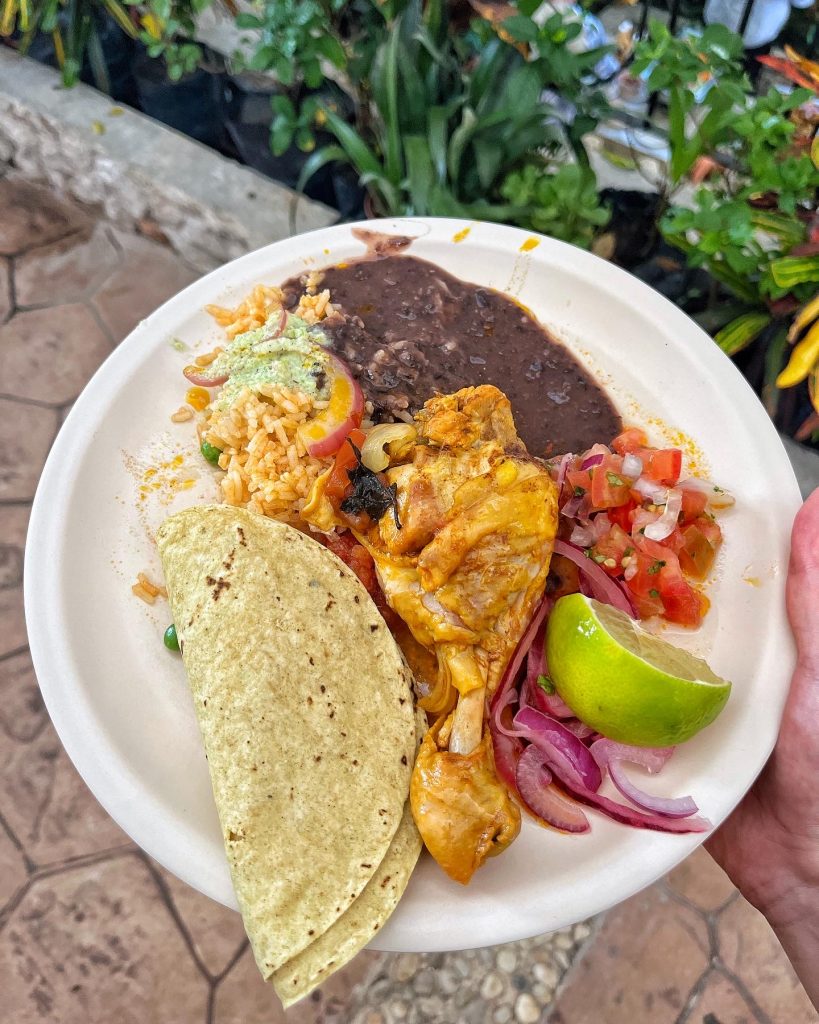
Local Yucatan Dishes in Valladolid
This is a food website so obviously I was just as excited about our lunch on the way home in Valladolid as I was having the chance to explore Chichén-Itzá. At first I was slightly suspicious being led through a souvenir shop into a muggy courtyard at the back but our meal ended up being some of my favourite food of the trip.
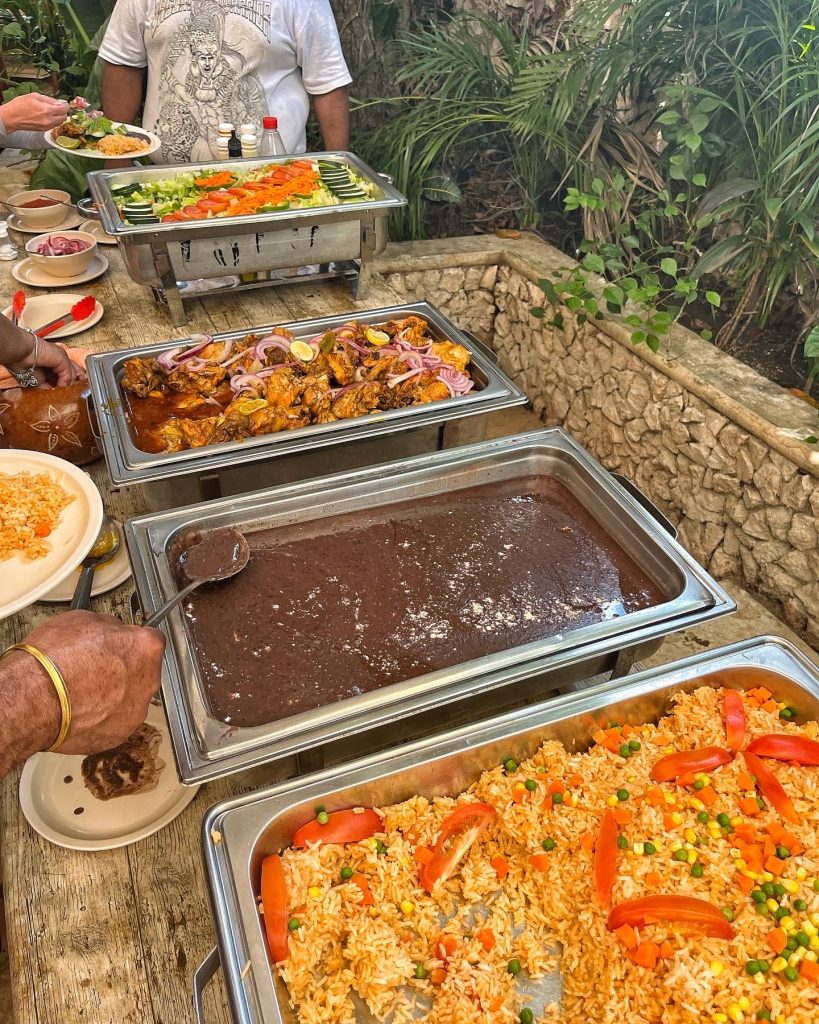
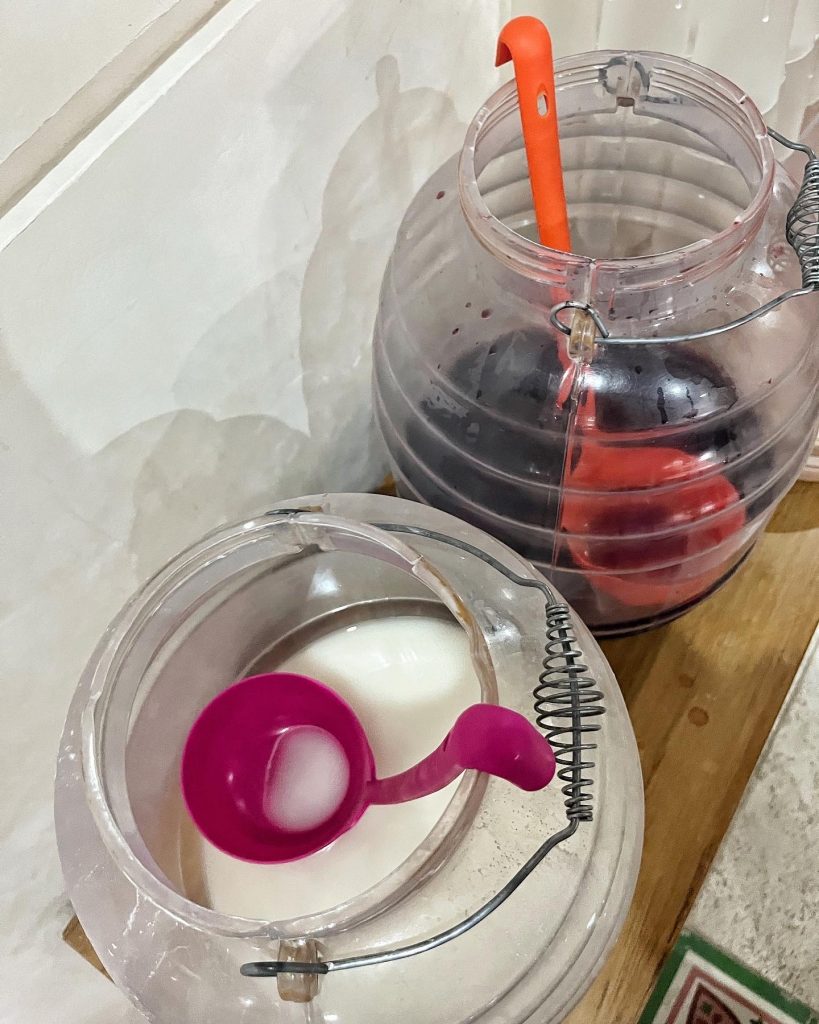
Alongside typical Mexican rice cooked with veggies and a generous helping of black beans (I’ve learned we overcook them when we’re doing them ‘Mexican Style’ in the UK, they should be loose and saucy) the centrepiece was chicken simmered with achiote seeds (common to the region, also used as a natural dye) for a slightly tangy, tender finish, which also came with warmed corn tortillas on the side, and a whatever you fancy choice between lightly pickled red onions, Pico de Gallo salsa and a Habanero salsa we both loved, but which was a bit too spicy for me! Also we were given a choice between cups of horchata (charmingly translated as rice water) or my now favourite hibiscus water which was slightly sweet, and very refreshing – perfect to wash away that spice!

Exploring Valladolid
After lunch, we had 45 minutes or so to explore the town of Valladolid. It was very, very hot but we also valued the chance to see something of Mexico that was not a historic site or our resort. A town filled with painted frontages and Colonial-style buildings I was quite charmed. And regretted I’d not any cash to hand to buy some local fruits to enjoy on the way back from the street vendors. For sure somewhere to stop and explore if you’re travelling Mexico by car; it also had a few nice looking hotels and I’ve gathered it is a popular place to stay and explore Yucatan.
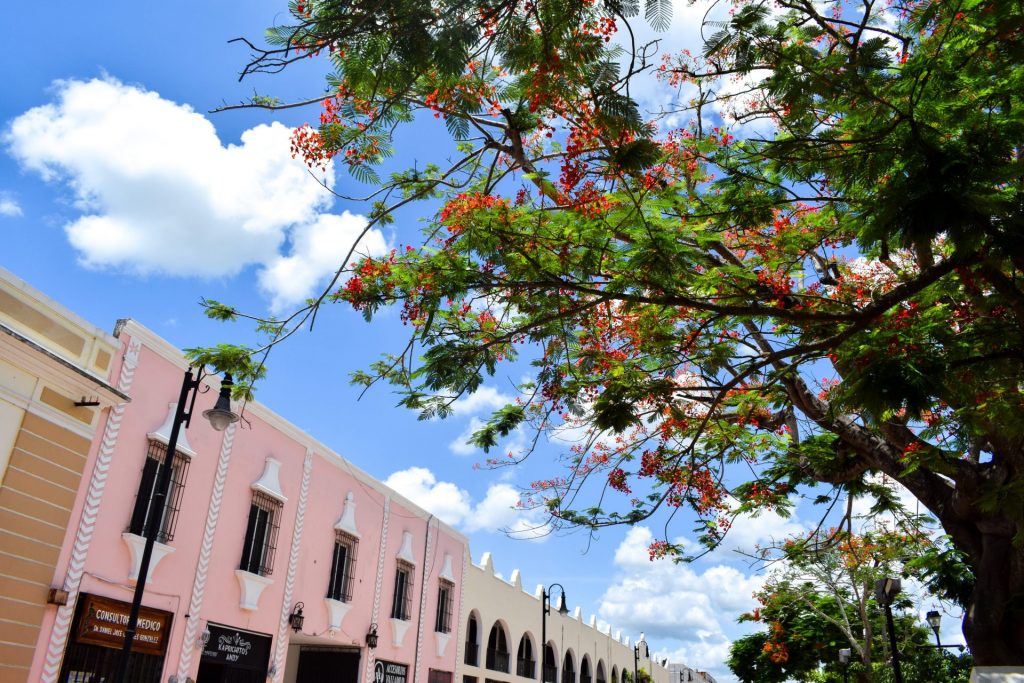
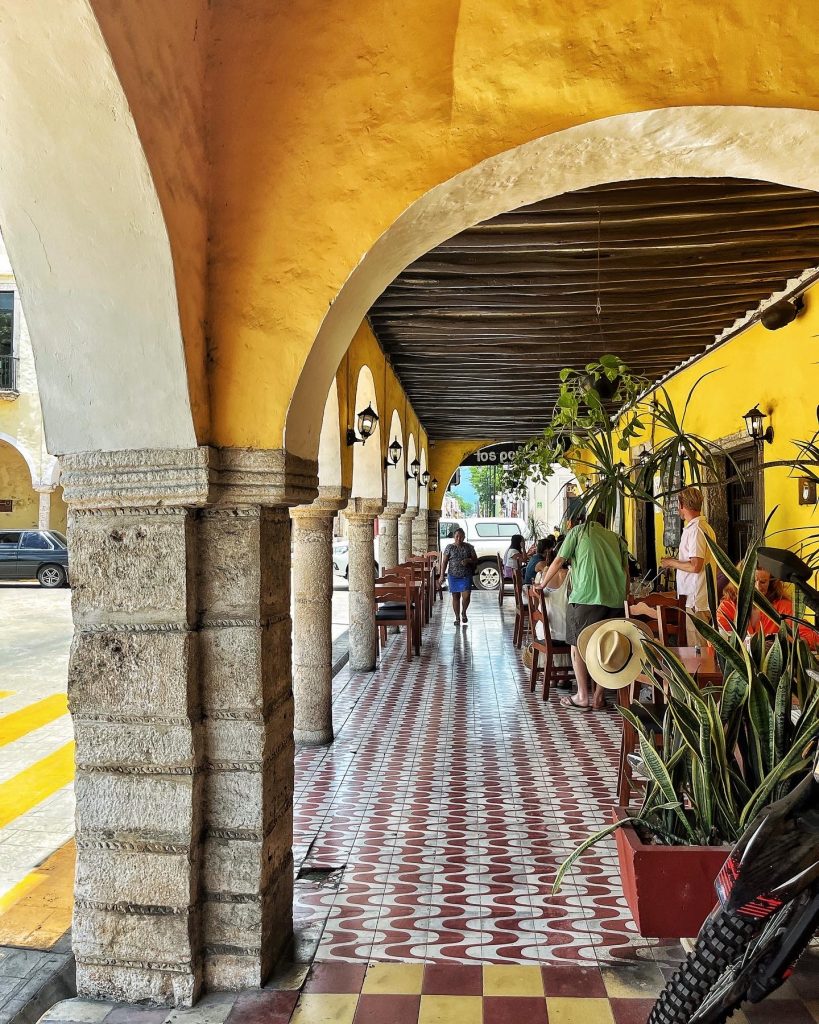
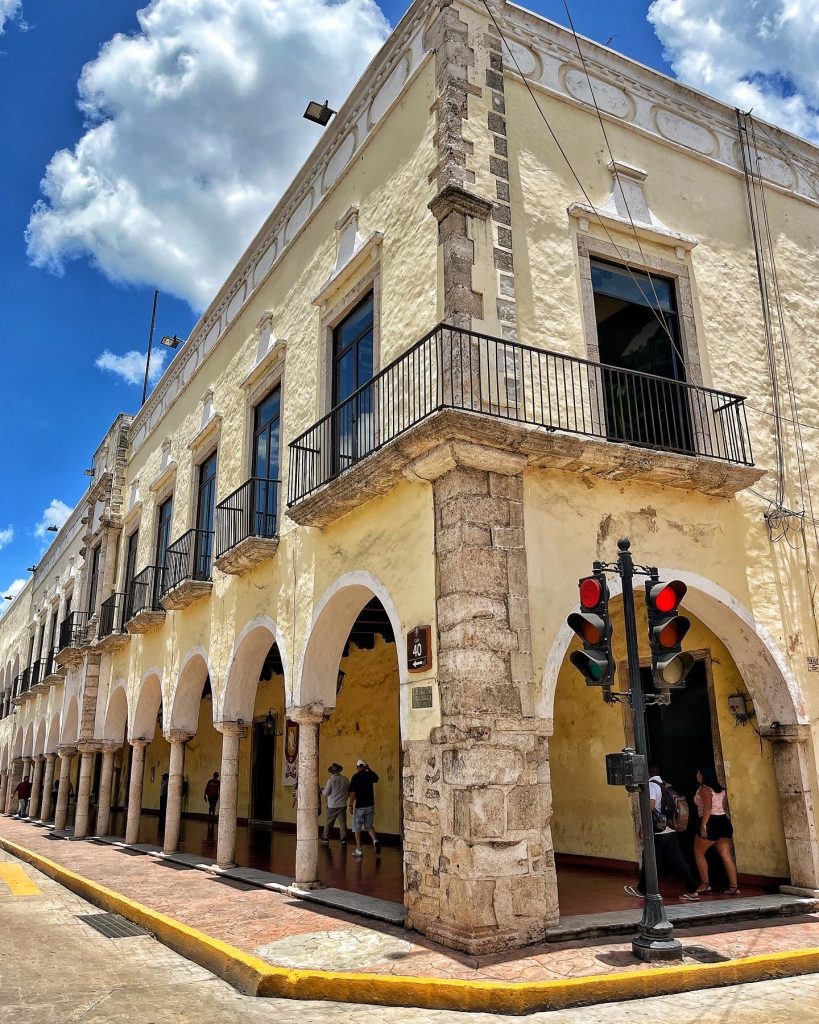
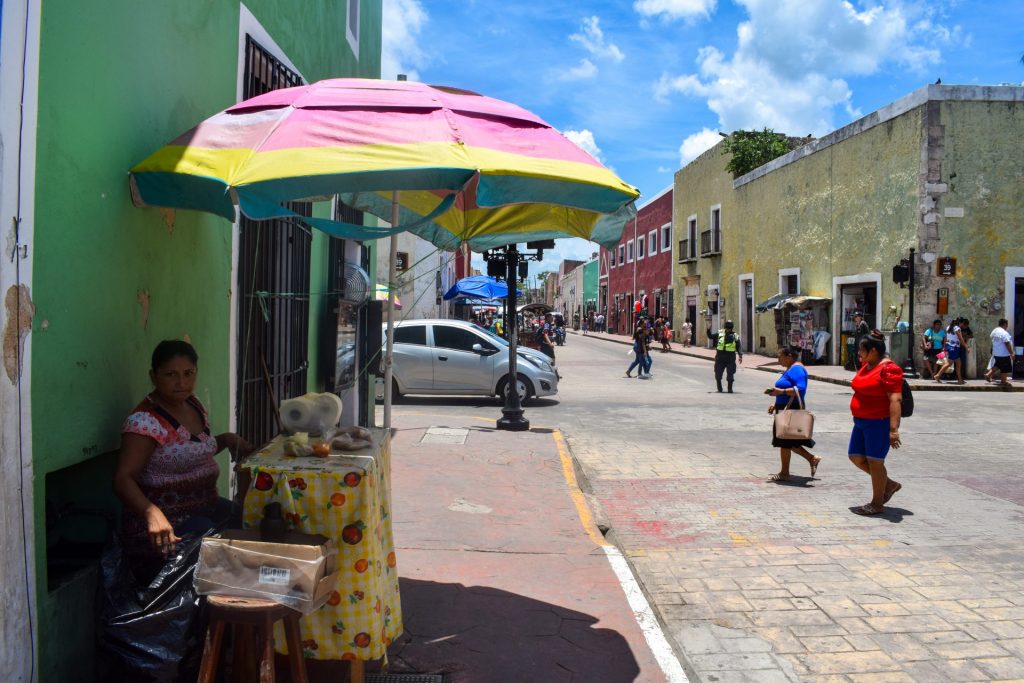
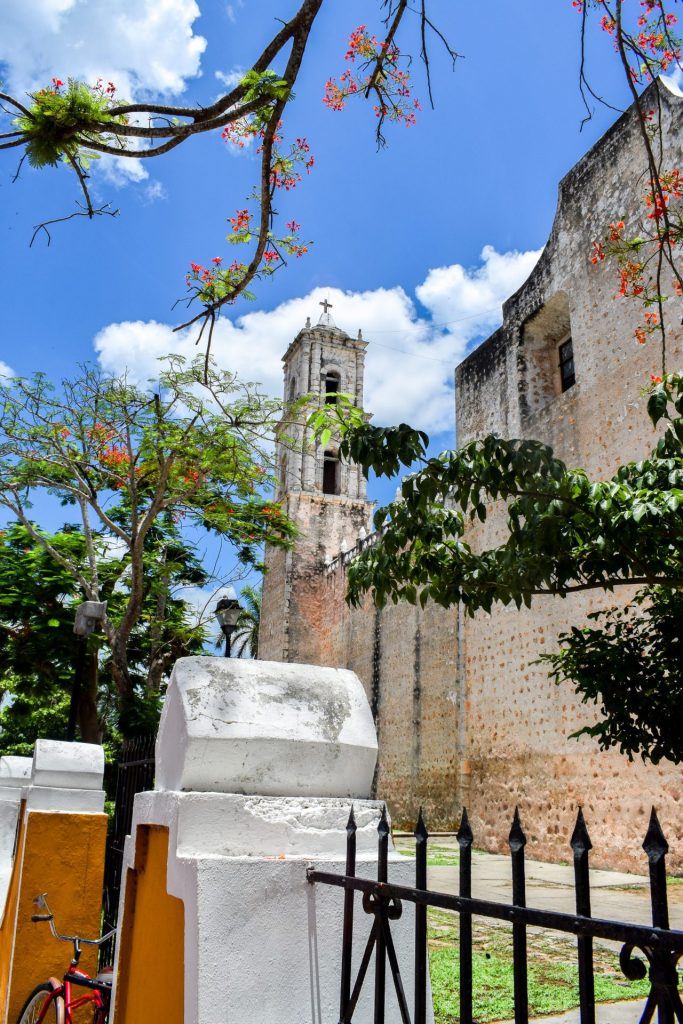

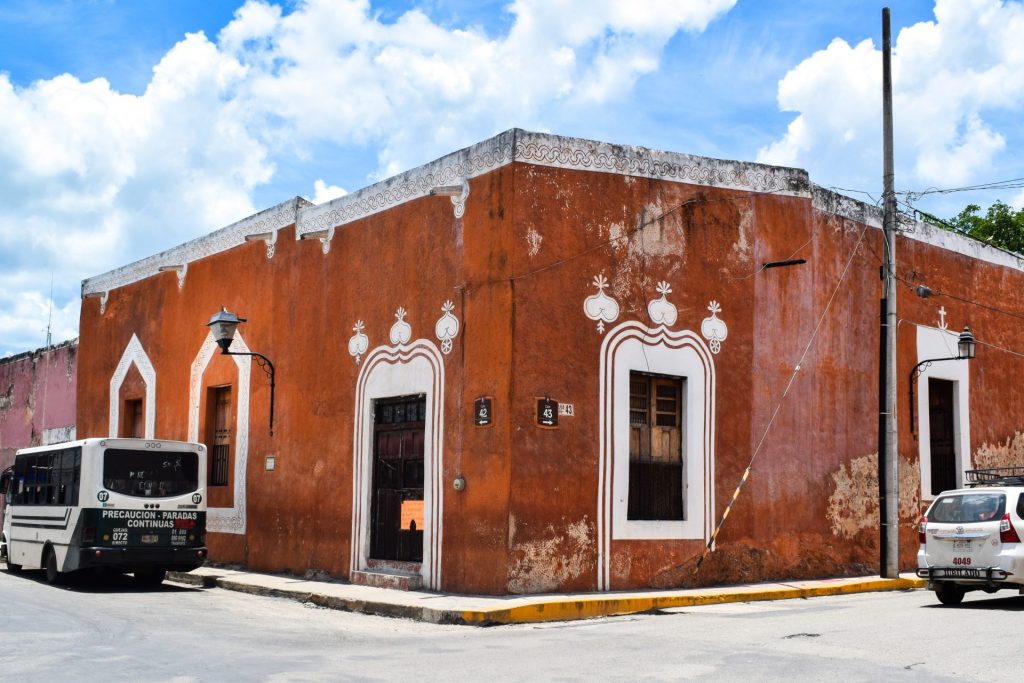
As I mentioned, this was just a briefest taste of culture on a trip we’d planned to recharge somewhere hot with food we liked, but I’m so glad we got to see it all. Stay tuned for my resort review, and for more help planning future adventures to Mexico or beyond, do check out my travel section!

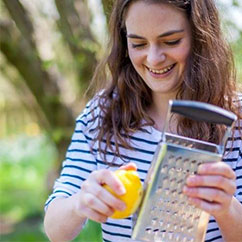
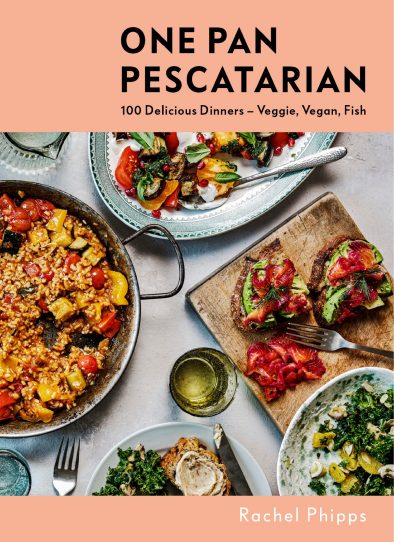
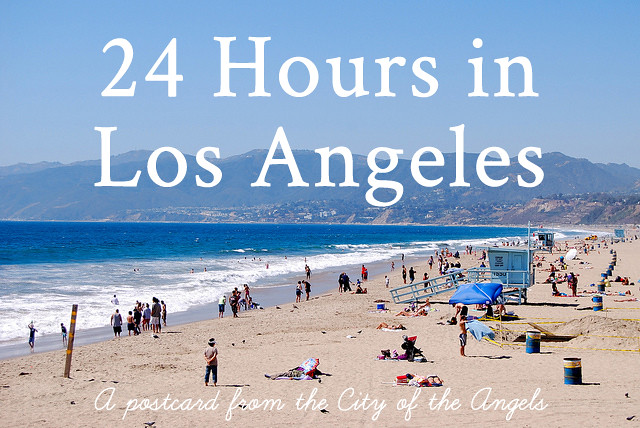
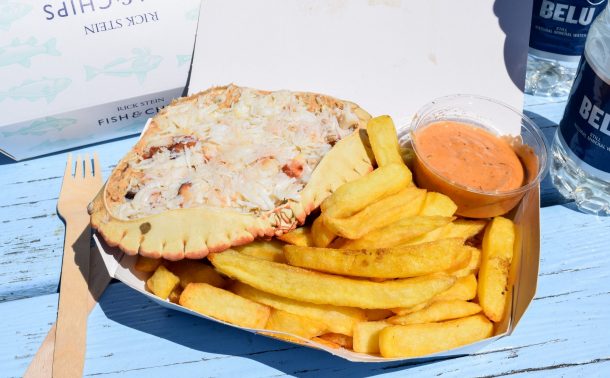
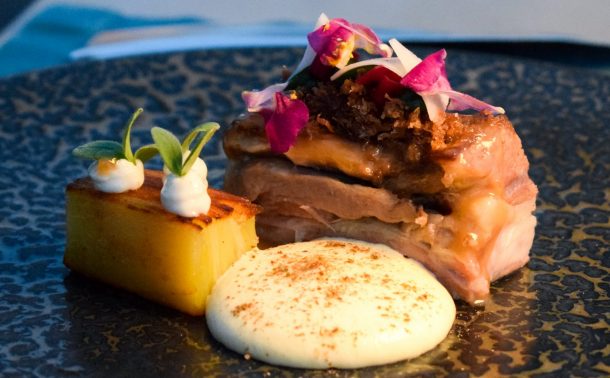
Discussion